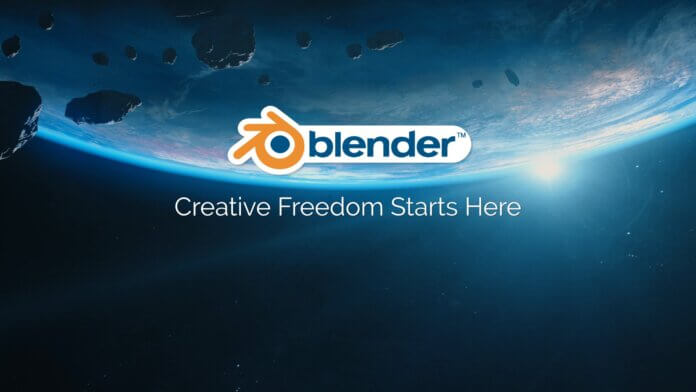With the amount of games coming out today, competition is tight as ever. That is why game developers often combine different tools to make their projects stand out. Creators are going the extra mile for more chances of success. Accordingly, Blender is one tool that makes an immense impact in game development. Whether designing a small inde game or aiming for realistic visuals like in AAA ones, learning the workflow when using Blender with Unity and Unreal can make a big difference.
This guide will provide a walkthrough of the process in a simple, beginner-friendly way. It is more about building a strong foundation than jumping right into the complex details.
Understanding Blender
Based on the official website, it is a free and open-source 3D creation tool. Blender can be used for a variety of tasks. To name a few, these are rendering, modeling, sculpting, animation, rigging, simulation, VFX, scripting, and many more. In fact, developers can even edit videos and create game assets with it. Many artists use the software to design characters, weapons, environments, and the like. Specifically, it is popular for being powerful, flexible, and free.
Connecting Blender, Unity, and Unreal
Blender, Unity, and Unreal Engine work closely together when it comes to game development. Blender is where 3D assets are created and shaped. Once ready, these materials are exported and imported into a game engine — either Unity or Unreal. In simple words, Blender builds the art and the game engine brings it to life in a playable world. When it comes to deciding between the two engines, Apptunix said it depends on the goal.
Step-by-Step Workflow
Here is a comprehensive but easy-to-understand guide in using the tools for game development. Take note that these steps summarize insights from several credible sources.
-
Step 1: Create the Model in Blender
Start the process by designing the 3D object or character in Blender. Block out the model using shapes and tools. Then, proceed to add details, textures, and more.
-
Step 2: Prepare the Asset for Export
Before exporting, make sure the model has proper names, materials, and scale. Apply all transformation to keep the size consistent when importing. This part is crucial as it helps avoid issues when moving assets between tools.
-
Step 3: Export the Model
Export the model in the desired file format. The common choices include FBX and OBJ. It will depend on the developer’s preference and end goal.
-
Step 4: Import into Unity or Unreal
Transfer the model to Unity by dragging and dropping the file into the assets folder. Meanwhile, users have to open the project then go to the content browser to import the model in Unreal Engine.
-
Step 5: Test and Adjust
Once the model is in the engine, testing how it looks with lighting and textures is possible. Also, the exported file from Blender must have the correct settings, such as for the axis orientation and scale. Nonetheless, one can always return to Blender and make adjustments.
Still, the creation process varies from one developer to another. It all boils down to what works for each one.
Putting It All Together
In game development, combining Blender with Unity or Unreal leads to a polished and interactive world ready for players to explore.
To know more about game designing, check out our other articles.
